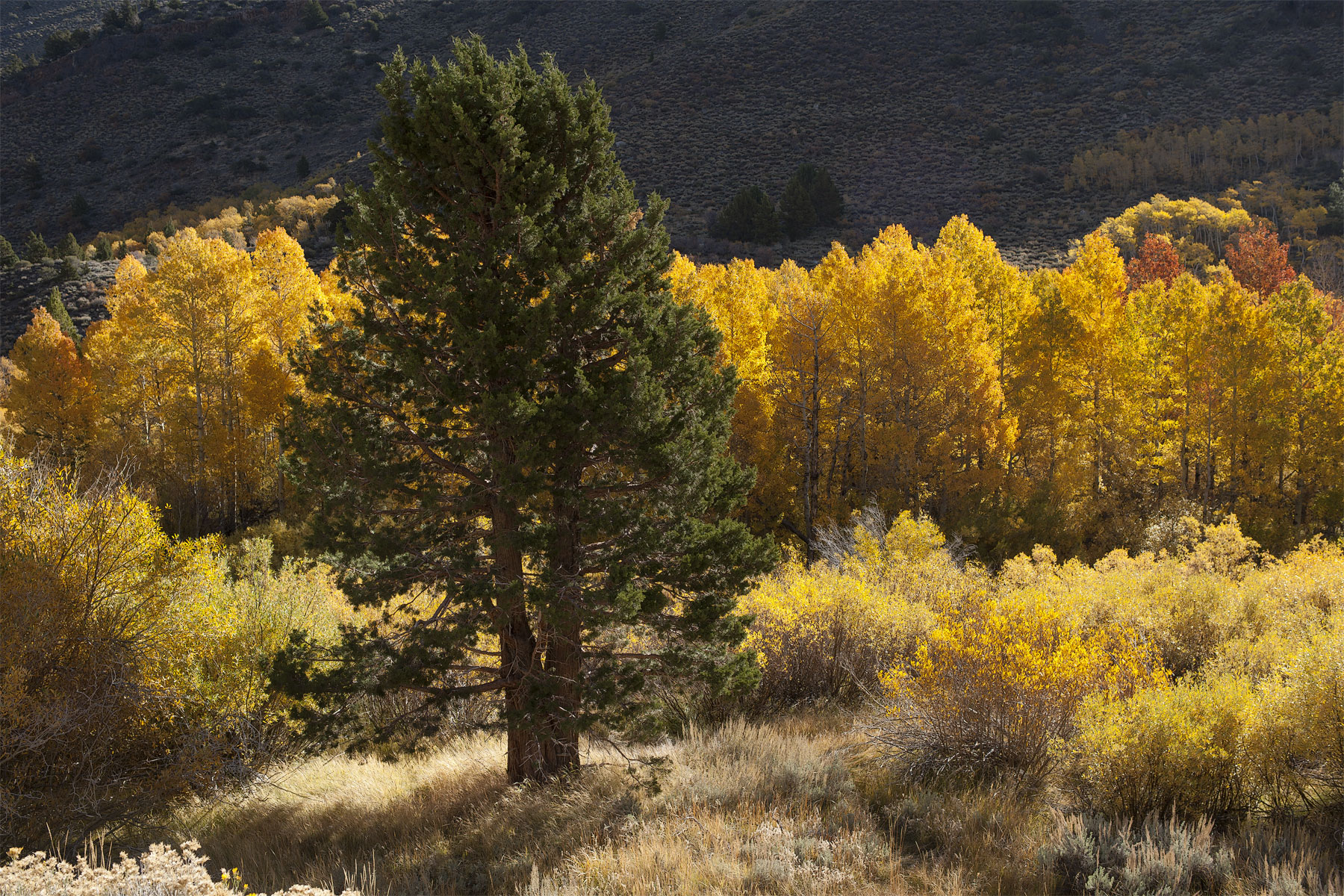EXCERPT page containing first few paragraphs. 2024-04-24 06:10:55
UA_SEARCH_BOT_compatible_botmozilla/5.0 applewebkit/537.36 (khtml, like gecko; compatible; claudebot/1.0; +claudebot@anthropic.com) @ 18.119.107.96
For full access, subscribe here. Or click title to login. ![]()
Filters: Loss of Image Contrast With a Polarizer (Zeiss 35/1.4 Distagon)
Even the very best lenses with state-of-the-art lens coatings are subject to lens flare in some conditions, particularly when sunlight strikes the front lens element, particularly when striking it via an oblique angle.
The effects of lens flare can be veiling flare or ghosting flare, with veiling flare ranging from subtle to a severe loss of contrast. Shooting top-grade lenses and then allowing either type of flare to intrude into one’s work is photographic sloppiness— work to eliminate flare when the best results are your goal. Something as simple as shading the front lens element with your hand is highly effective.
Most lens shades are compromises in size or shape that do not offer full coverage, and thus allow stray light to strike the front lens element in ways that can sometimes have a pronounced effect on image contrast. The rectangular hoods found on some Leica M and Leica S lenses are among the very best in terms of coverage, but Leica is the exception.
Article continues for subscribers...
Diglloyd Making Sharp Images is by yearly subscription. Subscribe now for about 13 cents a day ($50/year).
BEST DEAL: get full access to ALL 8 PUBLICATIONS for only about 75 cents a day!
Diglloyd Making Sharp Images articulates years of best practices and how-to, painstakingly learned over a decade of camera and lens evaluation.
Save yourself those years of trial and error by jump-starting your photographic technical execution when making the image. The best lens or camera is handicapped if the photographer fails to master perfect shot discipline. High-resolution digital cameras are unforgiving of errors, at least if one wants the best possible results.
- Eases into photographic challenges with an introductory section.
- Covers aspects of digital sensor technology that relate to getting the best image quality.
- Technique section discusses every aspect of making a sharp image handheld or on a tripod.
- Depth of field and how to bypass depth of field limitations via focus stacking.
- Optical aberrations: what they are, what they look like, and what to do about them.
- MTF, field curvature, focus shift: insight into the limitations of lab tests and why imaging performance is far more complex than it appears.
- Optical aberrations: what they are, what they look like, and what to do about them.
- How to test a lens for a “bad sample”.
Intrigued? See Focusing Zeiss DSLR Lenses For Peak Performance, PART ONE: The Challenges, or (one topic of many) field curvature.


